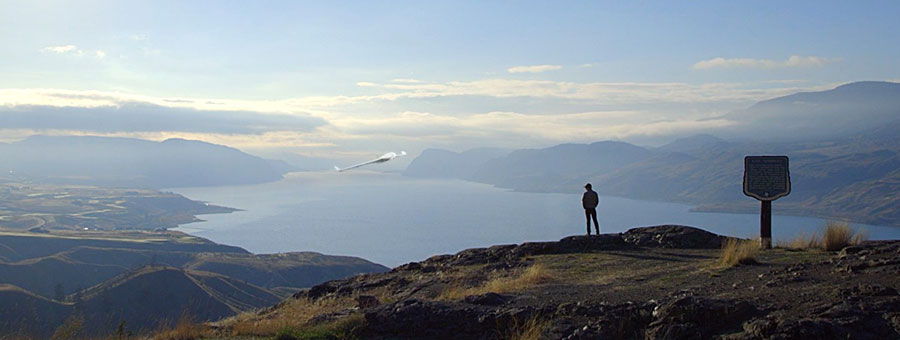UAVs are becoming more and more present in all areas of civil industry, gaining terrain over the more known use in the military industry. This wide diversity of UAV uses is quickly promoting the development of aircrafts and sensors. Fixed-Wing UAV is often the best choice when operations to be performed needs to cover large areas or fly at high speeds and considerable heights.
One of the main advantages of Fixed-Wing UAV systems is that they have a highly simpler design compared with VTOL drones. This design reduces development costs, as well as the time spent on processes such as repairs and configurations, strongly reducing the time to market and inoperability times.
Fixed wing aircraft design provides an effective and aerodynamic layout permitting to reach high speeds and flight altitudes, meanwhile maintaining a low fuel consumption for large endurance operations. In addition it should be emphasized that Fixed-Wing UAV systems are capable of carrying large payloads in long distances with low power consumption.
Performance of Veronte Autopilot in a Fixed-Wing UAV
The integration of Veronte Autopilot provides several advantages in the capabilities of Fixed-Wing UAV systems. The fully automated take-off can be performed from runways, catapults, bungees,… meanwhile landing can be performed fully autonomously by using nets, runways, parachutes,… all compatible with operations from both on land and on mobile platforms.
Moreover Veronte Autopilot is compatible with any Fixed-Wing UAV layout such as: X-tail, H-tail, V-tail, inverted V-tail, flaperons, etc… and with controllers using PWM, CAN, Serial, ARINC… Regarding engines used on Fixed-Wing UAVs that install Veronte Autopilot, these can be pusher or puller class, even twin-engines using differential control are supported with all types of configurations: electric, gasoline, hybrid, glow…
For enhanced Fixed-Wing UAV automation, with the use of Veronte Autopilot it is possible to automatically control payload and other devices: retractable landing gears, gimbal, camera, gates opening, transponders, etc…
